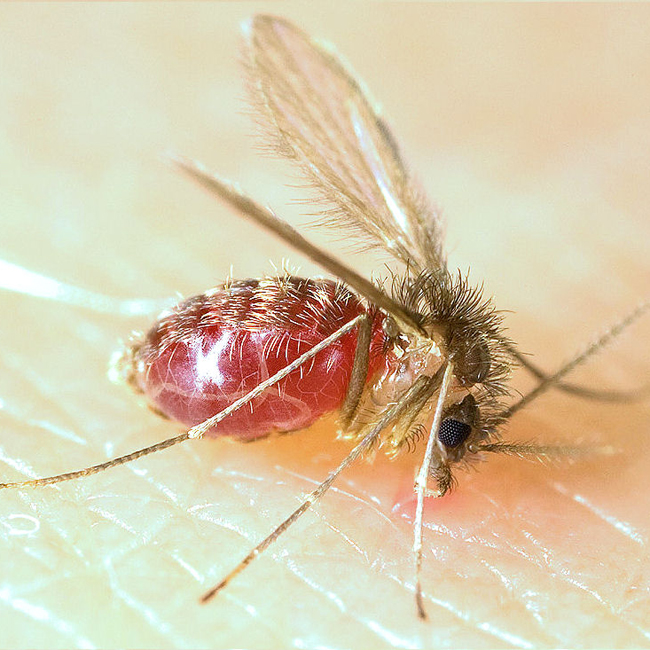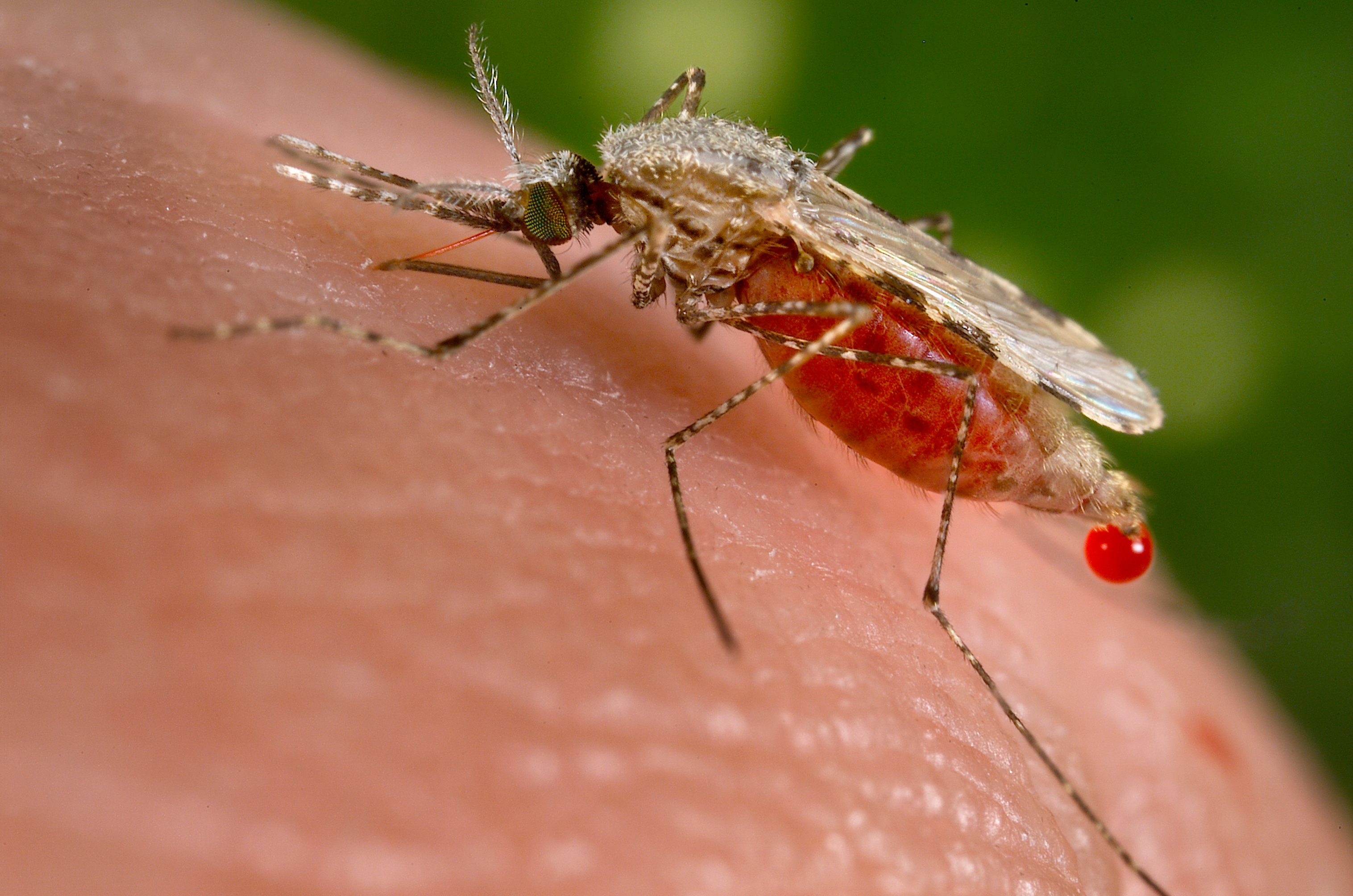|
Kala Azar
Visceral leishmaniasis (VL), also known as kala-azar (Hindi: kālā āzār, "black sickness") or "black fever", is the most severe form of leishmaniasis and, without proper diagnosis and treatment, is associated with high fatality. Leishmaniasis is a disease caused by protozoan parasites of the genus ''Leishmania''. The parasite migrates to the internal organs such as the liver, spleen (hence "Viscus, visceral"), and bone marrow, and, if left untreated, will almost always result in the death of the host. Signs and symptoms include fever, Cachexia, weight loss, fatigue (medical), fatigue, anemia, and substantial Hepatosplenomegaly, swelling of the liver and spleen. Of particular concern, according to the World Health Organization (WHO), is the emerging problem of HIV/VL co-infection. VL is the second-largest parasitic killer in the world (after malaria), responsible for an estimated 20,000 to 30,000 deaths each year worldwide. Upendranath Brahmachari synthesised urea stibamine ... [...More Info...] [...Related Items...] OR: [Wikipedia] [Google] [Baidu] |
Hindi
Modern Standard Hindi (, ), commonly referred to as Hindi, is the Standard language, standardised variety of the Hindustani language written in the Devanagari script. It is an official language of India, official language of the Government of India, alongside English language, English, and is the ''lingua franca'' of North India. Hindi is considered a Sanskritisation (linguistics), Sanskritised Register (sociolinguistics), register of Hindustani. Hindustani itself developed from Old Hindi and was spoken in Delhi and neighbouring areas. It incorporated a significant number of Persian language, Persian loanwords. Hindi is an Languages with official status in India, official language in twelve states (Bihar, Gujarat , Mizoram , Maharashtra ,Chhattisgarh, Haryana, Himachal Pradesh, Jharkhand, Madhya Pradesh, Rajasthan, Uttar Pradesh, Uttarakhand), and six Union territory, union territories (Andaman and Nicobar Islands, Delhi, Chandigarh, Dadra and Nagar Haveli and Daman and Di ... [...More Info...] [...Related Items...] OR: [Wikipedia] [Google] [Baidu] |
Upendranath Brahmachari
Rai Bahadur Sir Upendranath Brahmachari ; 19 December 1873 – 6 February 1946) was a prominent Indian physician and scientist. In 1922, he synthesised urea-stibamine (carbostibamide) and demonstrated its effectiveness in treating kala-azar (visceral leishmaniasis). Early life Brahmachari was born on 19 December 1873 in Sardanga village near Purbasthali, District Burdwan, West Bengal, India. His father, Nilmony Brahmachari, was a physician in East Indian Railways and his mother was Saurabh Sundari Devi. He completed his early education from Eastern Railways Boys' High School in Jamalpur, Bihar. In 1893, he earned a BA degree from Hooghly Mohsin College with honours in Mathematics and Chemistry. Following this, Brahmachari pursued further studies in Medicine and Higher Chemistry. In 1894, he obtained a master's degree from Presidency College, Kolkata. In 1898, he married Nani Bala Devi. In the 1900 M.B. Examination of the University of Calcutta, Brahmachari excelled – fir ... [...More Info...] [...Related Items...] OR: [Wikipedia] [Google] [Baidu] |
Phlebotominae
The Phlebotominae are a subfamily of the family Psychodidae. In several countries, their common name is sandfly, but that name is also applied to other flies. The Phlebotominae include many genera of blood-feeding ( hematophagous) flies, including the primary vectors of leishmaniasis, bartonellosis, and pappataci fever. Sandflies are small; a body size of about 3 mm in length is typical for many species, which aids them in escaping notice. Their bite is not always felt, but leaves a small, round, reddish bump that starts itching hours or days later. Use of insect repellent is recommended in areas where sandflies are present. Diet and reproduction Phlebotomine sandflies have a diet that includes both blood and plant-derived sugar meals. Phlebotomine females, and only females, suck blood from various mammals, reptiles, and birds, while both sexes consume sugary substances including nectar, honeydew, and phloem sap from plants. Some species are selective about their hosts, ... [...More Info...] [...Related Items...] OR: [Wikipedia] [Google] [Baidu] |
Vector (epidemiology)
In epidemiology, a disease vector is any living agent that carries and transmits an infectious pathogen such as a parasite or microbe, to another living organism. Agents regarded as vectors are mostly blood-sucking (Hematophagy, hematophagous) arthropods such as mosquitoes. The first major discovery of a disease vector came from Ronald Ross in 1897, who discovered the malaria pathogen when he dissected the stomach tissue of a mosquito. Arthropods Arthropods form a major group of pathogen vectors with mosquitoes, Fly, flies, Sandfly, sand flies, lice, fleas, ticks, and mites transmitting a huge number of pathogens. Many such vectors are haematophagous, which feed on blood at some or all stages of their lives. When the insects and ticks feed on blood, the pathogen enters the blood stream of the host. This can happen in different ways. The ''Anopheles'' mosquito, a vector for malaria, filariasis, and various arthropod-borne-viruses (arboviruses), inserts its delicate mouthpart under ... [...More Info...] [...Related Items...] OR: [Wikipedia] [Google] [Baidu] |
Leishmania Infantum
''Leishmania infantum'' is the causative agent of infantile visceral leishmaniasis in the Mediterranean region and in Latin America, where it has been called ''Leishmania chagasi''. It is also an unusual cause of cutaneous leishmaniasis, which is normally caused by specific lineages (or zymodemes). Wild canids and domestic dogs are the natural reservoir of this organism. The sandfly species '' Lutzomyia longipalpis'' serves as the primary vector for the transmission of the disease. ''Leishmania infantum'' is closely related to '' Leishmania donovani'', and some authors believe that these two species are so close as to actually be subspecies of each other; however, phylogenetic analyses can easily distinguish between the two groups despite no difference in morphology in the species complex. Some isolates formerly labelled ''L. donovani'' may be actually ''L. infantum''. Model system for studies of DNA repair Comparative bioinformatic analyses showed that the size of the ''L. ... [...More Info...] [...Related Items...] OR: [Wikipedia] [Google] [Baidu] |
Leishmania Donovani
''Leishmania donovani'' is a species of intracellular parasites belonging to the genus ''Leishmania'', a group of haemoflagellate kinetoplastids that cause the disease leishmaniasis. It is a human blood parasite responsible for visceral leishmaniasis or ''kala-azar'', the most severe form of leishmaniasis. It infects the mononuclear phagocyte system including spleen, liver and bone marrow. Infection is transmitted by species of sandfly belonging to the genus '' Phlebotomus'' in Old World and '' Lutzomyia'' in New World. The species complex it represents is prevalent throughout tropical and temperate regions including Africa (mostly in Sudan), China, India, Nepal, southern Europe, Russia and South America. The species complex is responsible for thousands of deaths every year and has spread to 88 countries, with 350 million people at constant risk of infection and 0.5 million new cases in a year. ''L. donovani'' was independently discovered by two British medical officers Willia ... [...More Info...] [...Related Items...] OR: [Wikipedia] [Google] [Baidu] |
Cutaneous Leishmaniasis
Cutaneous leishmaniasis is the most common form of leishmaniasis affecting humans. It is a skin infection caused by a Trypanosomatid, single-celled parasite that is Vector (epidemiology), transmitted by the bite of a Phlebotominae, phlebotomine sand fly. About 30 species of ''Leishmania'' may cause skin, cutaneous leishmaniasis. This disease is considered to be a zoonosis (an infectious disease that is naturally transmissible from animals to humans), with the exception of ''Leishmania tropica'', which is often an anthroponotic disease (an infectious disease that is naturally transmissible from humans to vertebrate animals). Signs and symptoms Post kala-azar dermal leishmaniasis Post-kala-azar dermal leishmaniasis (PKDL) is a recurrence of Visceral leishmaniasis, ''kala-azar'' that may appear on the skin of affected individuals months and up to 20 years after being partially treated, untreated, or even in those considered adequately treated. In Sudan, they can be demonstrated in ... [...More Info...] [...Related Items...] OR: [Wikipedia] [Google] [Baidu] |
Leprosy
Leprosy, also known as Hansen's disease (HD), is a Chronic condition, long-term infection by the bacteria ''Mycobacterium leprae'' or ''Mycobacterium lepromatosis''. Infection can lead to damage of the Peripheral nervous system, nerves, respiratory tract, skin, and eyes. This nerve damage may result in a lack of ability to feel pain, which can lead to the loss of parts of a person's Appendicular skeleton, extremities from repeated injuries or infection through unnoticed wounds. An infected person may also experience muscle weakness and poor eyesight. Leprosy symptoms may begin within one year, but for some people symptoms may take 20 years or more to occur. Leprosy is spread between people, although extensive contact is necessary. Leprosy has a low pathogenicity, and 95% of people who contract or who are exposed to ''M. leprae'' do not develop the disease. Spread is likely through a cough or contact with fluid from the nose of a person infected by leprosy. Genetic factors and i ... [...More Info...] [...Related Items...] OR: [Wikipedia] [Google] [Baidu] |
Opportunistic Infection
An opportunistic infection is an infection that occurs most commonly in individuals with an immunodeficiency disorder and acts more severe on those with a weakened immune system. These types of infections are considered serious and can be caused by a variety of pathogens including viruses, bacteria, fungi, and parasites. Under normal conditions, such as in humans with uncompromised immune systems, an opportunistic infection would be less likely to cause significant harm and would typically result in a mild infection or no effect at all. These opportunistic infections can stem from a variety of sources, such as a weakened immune system (caused by human immunodeficiency virus and acquired immunodeficiency syndrome), when being treated with immunosuppressive drugs (as in cancer treatment), when a microbiome is altered (such as a disruption in gut microbiota), or when integumentary barriers are breached (as in penetrating trauma). Opportunistic infections can contribute to antimic ... [...More Info...] [...Related Items...] OR: [Wikipedia] [Google] [Baidu] |
AIDS
The HIV, human immunodeficiency virus (HIV) is a retrovirus that attacks the immune system. Without treatment, it can lead to a spectrum of conditions including acquired immunodeficiency syndrome (AIDS). It is a Preventive healthcare, preventable disease. It can be managed with treatment and become a manageable chronic health condition. While there is no cure or vaccine for HIV, Management of HIV/AIDS, antiretroviral treatment can slow the course of the disease, and if used before significant disease progression, can extend the life expectancy of someone living with HIV to a nearly standard level. An HIV-positive person on treatment can expect to live a normal life, and die with the virus, not of it. Effective #Treatment, treatment for HIV-positive people (people living with HIV) involves a life-long regimen of medicine to suppress the virus, making the viral load undetectable. Treatment is recommended as soon as the diagnosis is made. An HIV-positive person who has an ... [...More Info...] [...Related Items...] OR: [Wikipedia] [Google] [Baidu] |
Dysentery
Dysentery ( , ), historically known as the bloody flux, is a type of gastroenteritis that results in bloody diarrhea. Other symptoms may include fever, abdominal pain, and a feeling of incomplete defecation. Complications may include dehydration. The cause of dysentery is usually the bacteria from genus '' Shigella'', in which case it is known as shigellosis, or the amoeba '' Entamoeba histolytica''; then it is called amoebiasis. Other causes may include certain chemicals, other bacteria, other protozoa, or parasitic worms. It may spread between people. Risk factors include contamination of food and water with feces due to poor sanitation. The underlying mechanism involves inflammation of the intestine, especially of the colon. Efforts to prevent dysentery include hand washing and food safety measures while traveling in countries of high risk. While the condition generally resolves on its own within a week, drinking sufficient fluids such as oral rehydration solutio ... [...More Info...] [...Related Items...] OR: [Wikipedia] [Google] [Baidu] |
Tuberculosis
Tuberculosis (TB), also known colloquially as the "white death", or historically as consumption, is a contagious disease usually caused by ''Mycobacterium tuberculosis'' (MTB) bacteria. Tuberculosis generally affects the lungs, but it can also affect other parts of the body. Most infections show no symptoms, in which case it is known as inactive or latent tuberculosis. A small proportion of latent infections progress to active disease that, if left untreated, can be fatal. Typical symptoms of active TB are chronic cough with hemoptysis, blood-containing sputum, mucus, fever, night sweats, and weight loss. Infection of other organs can cause a wide range of symptoms. Tuberculosis is Human-to-human transmission, spread from one person to the next Airborne disease, through the air when people who have active TB in their lungs cough, spit, speak, or sneeze. People with latent TB do not spread the disease. A latent infection is more likely to become active in those with weakened I ... [...More Info...] [...Related Items...] OR: [Wikipedia] [Google] [Baidu] |





